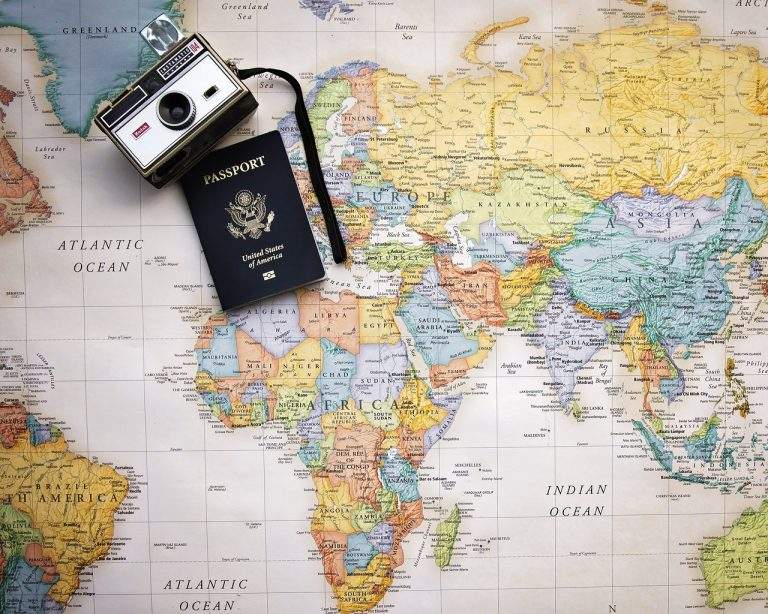The organization of a marriage ceremony in a religious context is not just a formal act, but a deeply meaningful and spiritual experience that unites two souls in the sacrament of marriage.
Steeped in the rich history of religious traditions , newlyweds find inspiration in the ritual and sacredness of the ceremony, creating an eternal bond between their love and their faith. Every aspect of the ceremony, from the sacraments to the symbolic rites, is imbued with meaning and depth, transforming a simple legal act into a sacred moment of union and commitment.
But planning a religious wedding ceremony goes beyond choosing a church or place of worship. It is an emotional and spiritual journey that requires attention to detail, respect for traditions and a deep sense of devotion. It is a time for the couple to fully immerse themselves in their faith, embracing the wise words of Scripture and letting their union be blessed by God.
In this exclusive guide, we will explore together every aspect of planning a religious wedding ceremony, from meeting with the pastor to completing pre-wedding requirements, from selecting readings and prayers to planning the liturgy and music. We will share practical advice, spiritual reflections, and creative ideas to help you create a ceremony that is truly meaningful and memorable for you and your partner.
How to organize the ceremony
Here is a set of general steps to follow:
1. Choose the church or place of worship: Deciding where the ceremony will be held is the first step. If you belong to a religious congregation, you may already have a favorite church or place of worship. Otherwise, you will need to find a venue that is meaningful to both of you and available for the wedding date.
2. Meet with the minister, priest or religious in charge: Plan to meet with the religious who will preside over the ceremony. Discuss with him the requirements and traditions of the religious ceremony, as well as premarital requirements i.e. premarital courses or necessary documents.
3. Planning the liturgy: Together with the clergyman, plan the structure of the ceremony, including key moments such as the entrance of the bride and groom, vows, exchange of vows, readings, prayers, and benediction. Also decide on any customizations or additions to the traditional ceremony.
4. Select readings and prayers: Choose biblical readings, psalms and prayers that reflect the spiritual values and love of you spouses. Be sure to consult the clergyman for recommendations and approval.
5. Plan the music: If allowed by the place of worship, decide which pieces of music will be played during the ceremony. Make sure the music is appropriate for the religious setting and reflects the spirit of the ceremony.
6. Arrange for participation of family members and friends: Decide who will have special roles during the ceremony, such as witnesses, godparents or bridesmaids. Communicate tasks to them and plan rehearsals if necessary.
7. Arrange necessary documents: Make sure you have all the necessary documents for the religious ceremony, such as certificates of baptism or other documents required by the place of worship.
8. Enjoy the moment: Finally, on the day of the ceremony, relax and enjoy the special moment together with your partner and loved ones, knowing that everything was planned with care and love.







